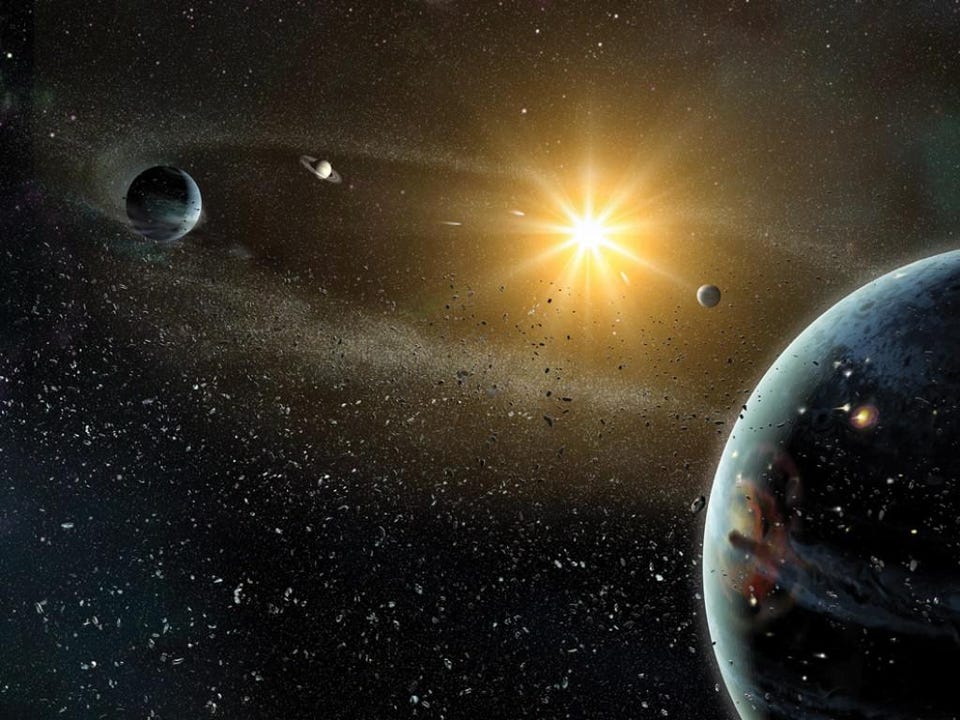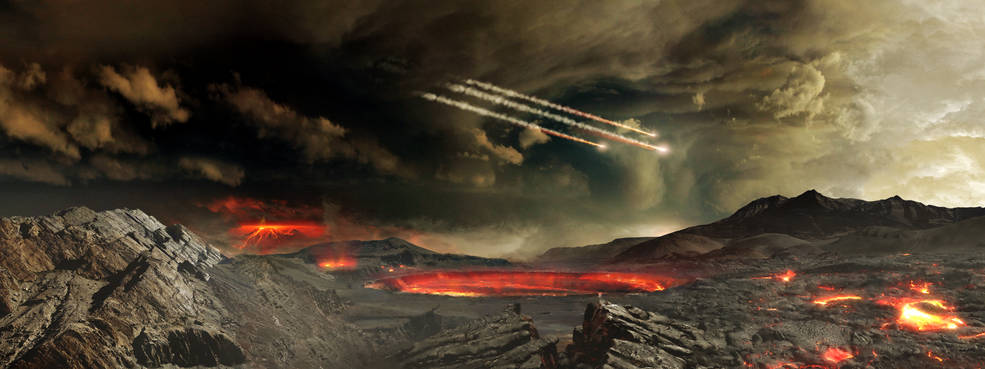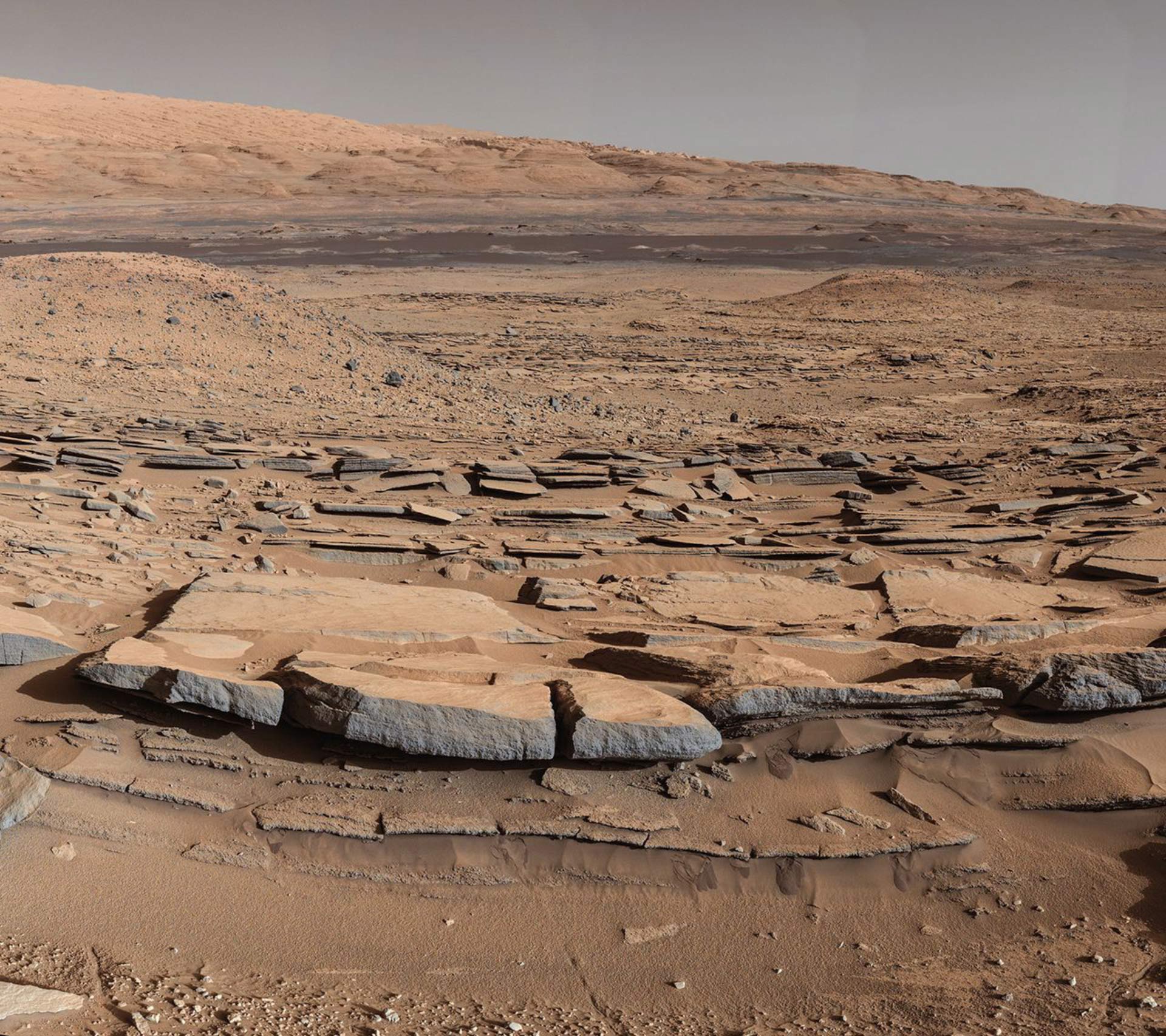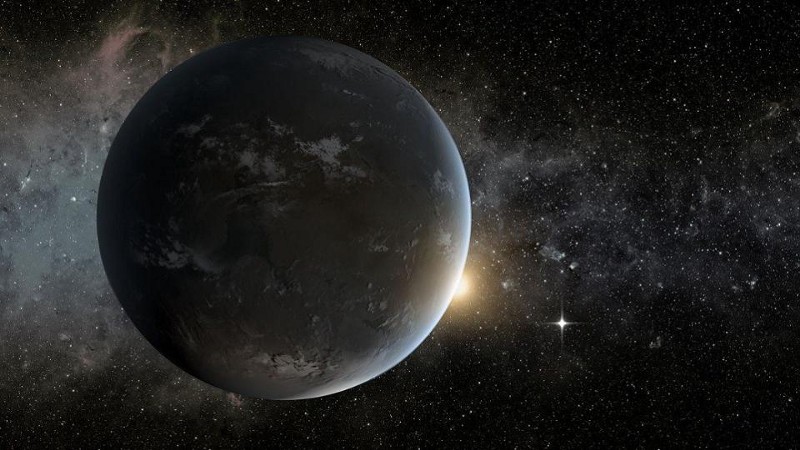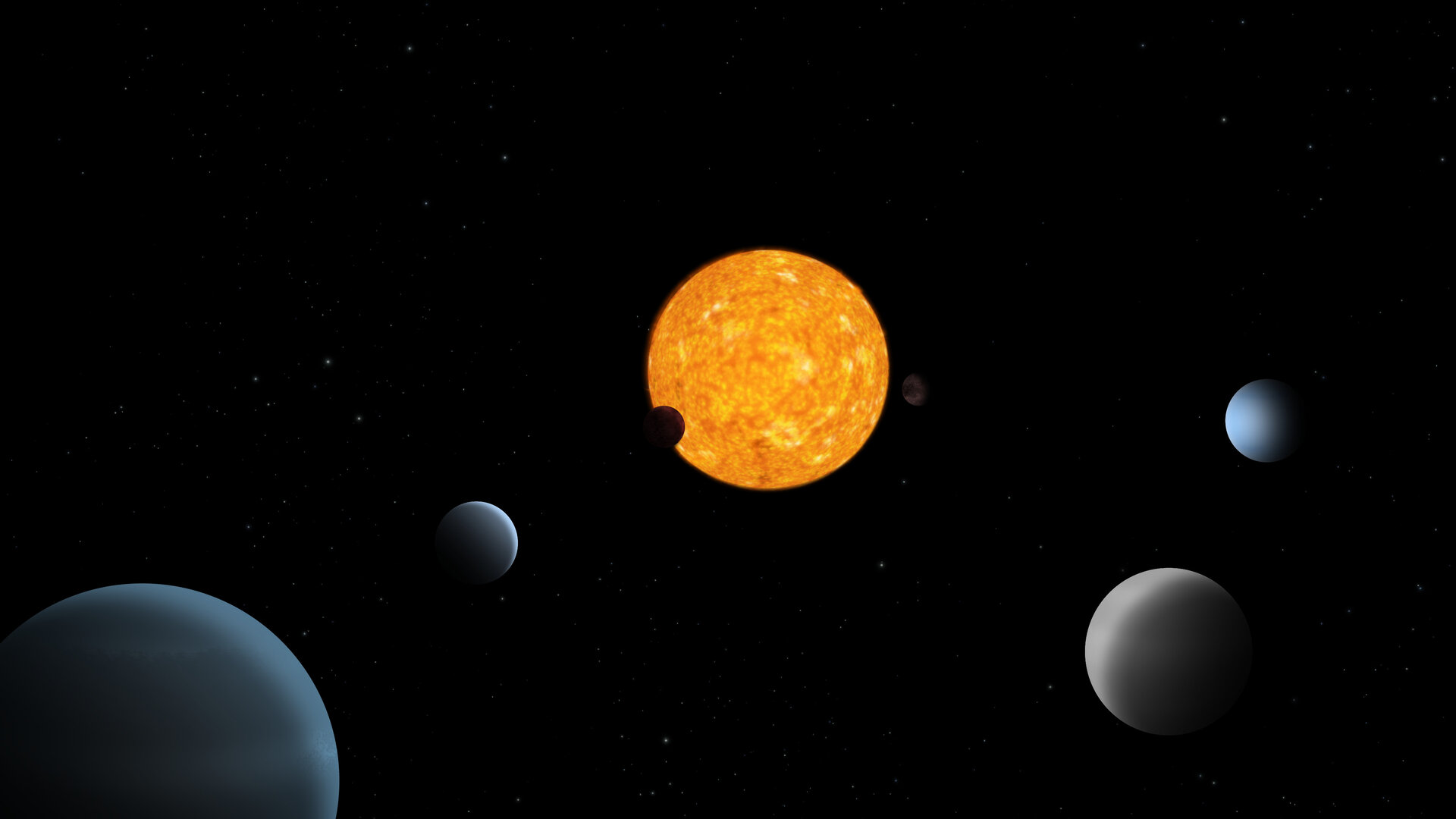Ask Ethan: Why do we all live on Earth?
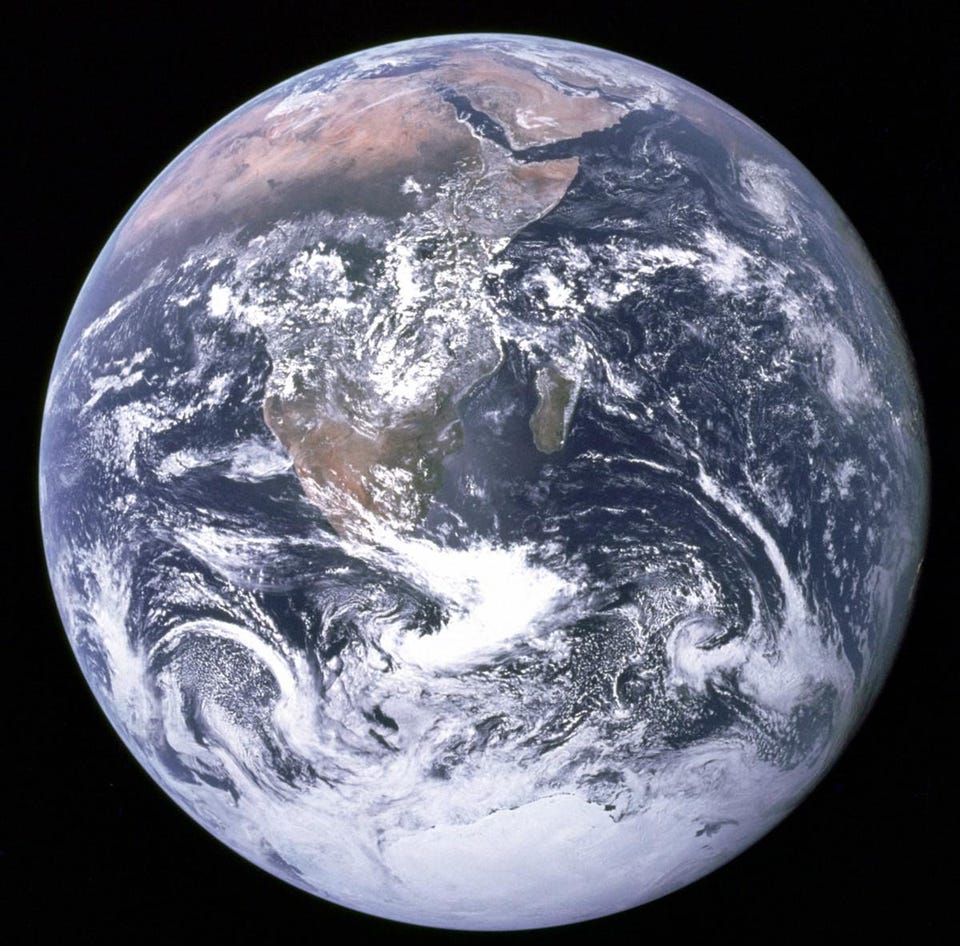
- In our experience so far, all of us, not only all humans, but all the known lifeforms in existence, have only ever survived-and-thrived here on planet Earth.
- There was no guarantee that humans were going to arise here on Earth, however; it’s merely a sequence of chance events that brought us, and all living organisms, to fruition on Earth.
- Beyond Earth, the ingredients (and opportunities) for life to arise are literally everywhere. There’s a very strong scientific case to expect that, perhaps in just a few years, we’ll find another inhabited world.
Sometimes, there are questions that we’ve all pondered at one time or another, but that we’ve somehow let fall by the wayside. On occasion, it takes an inquisitive mind and a fresh set of eyes to remind us that, hey, I still wonder about those questions, too. Some of the biggest questions of all include why, out of all the planets and worlds we’ve discovered, our planet Earth is the only one we know of with:
- intelligent, technologically advanced life,
- complex, differentiated, multicellular life,
- or even any type of life at all,
on it. It’s a question which many of us have, in our minds, already come up with an answer that we think is most likely, but we’ve reconciled ourselves to the fact that, based on the evidence, we can only say this is true so far.
Still, it’s a question that’s always worth revisiting, and for this week’s Ask Ethan column, I’m pleased to present a question from the youngest-ever question-asker I’ve received to date. Wrap your head around this inquiry from three-year-old Manolo:
“Porque todos vivimos en la tierra?”
Although the question is in Spanish (and my answer will be in English), it could’ve been asked in any language at all: “Why do all of us live on Earth?” Although no one can yet give a definitive and comprehensive answer — after all, our knowledge of many aspects of this question is still quite limited — here’s a look at the best answer we can give on a few different levels.

Level 1: Why do all humans live on Earth?
The first thing you have to understand about our planet is that, compared to humans, the Earth is old. “Older than dirt,” in fact, as what we experience as fertile soil, where plants successfully grow, has only been around for a few hundred million years. Our planet formed some 4.5 billion years ago, and while life arose at some point during the first several hundred million years of our history (no later than 3.8 billion years ago and perhaps substantially earlier), that life remained relatively primitive until recently.
Humans, as in our fellow member of the Homo sapiens species, only first arose on planet Earth approximately 300,000 years ago, and that could only occur after a wild series of events that took many billions of years to occur. The thing everyone should know about that story is the following.
Humans, as we exist today, can only thrive under a narrow set of conditions that are present on modern-day Earth:
- with enough oxygen in our atmosphere,
- with enough plants, fungi, and animals to sustain an ecosystem and provide us with nutrients,
- and with temperatures that are neither too hot nor too cold for us to survive in.
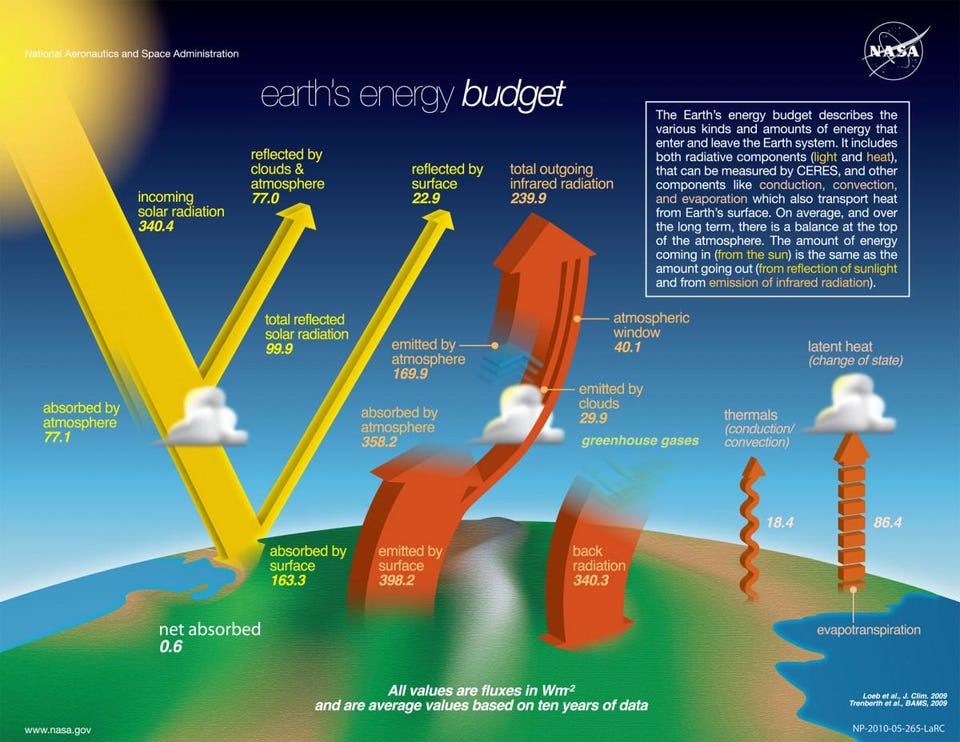
In other words, humans can only live in places that have the right conditions to support human life. The only reason we have humans at all on planet Earth (much less anyplace else) is because the right conditions exist for humans to live here now, the right conditions for humans to arise were here previously, and the right conditions for all of our evolutionary ancestors were in place for them to arise, thrive, reproduce, and to have a chance at evolving into what they eventually became.
Over several billions of years, that’s a lot of circumstances that all had to turn out “just right” for humans to eventually arise. In order for humans to come to be, each of our direct ancestors:
- needed to successfully survive and thrive,
- needed to undergo mutations in order to develop new traits,
- needed the environment to exist in such a way that some of those mutations turned out to be favorable while others were unfavorable,
- and the ones that survived to reproduce needed to be the ones that could-and-would eventually lead to humans.
It wasn’t an inevitability that humans would arise, however. What occurred on Earth made it possible for humans to arise. But we were only one of many possible outcomes.

Level 2: Why do humans successfully remain, while the other hominids that existed don’t?
Millions of years ago, back when our ape-like ancestors feasted mostly on plants and nuts on the continent of Africa, the climate began to change, resulting in a food shortage. Although there were a wide variety of hominids coexisting at the same time, most of them died off, as there wasn’t enough food for all of them to survive.
But there was a type of nut that, if only they could have gotten to the “meat” of the nut inside, could have sustained them. The problem was that the nut had a very hard shell: too hard for most of the hominids to crack, either with their hands or their teeth.
However, mutations happen, and there were two groups of hominids that were a little different than the majority. One group had stronger jaws than average, and with their strong jaws, they were able to blast through the shell of the nut, and could eat the food and survive. But the second group, surprisingly, had weaker jaws than average, but larger-than-average skulls. Those larger-than-average skulls contained larger-than-average brains, and with those big brains, they figured out how to crack those nuts open: likely smashing them between two stones. Both of those groups — and only those two groups of hominids — survived that food shortage.

Those big-brained apes would go on to become our ancestors, while at some point, for reasons still unknown, the strong-jawed hominids died out. It didn’t have to go down that way, however. There was no inherent reason why having bigger brains would make a group of apes more successful at surviving than those without bigger brains; they simply had the right adaptation for the right conditions at the right time, while other groups of hominids didn’t. Without those circumstances, humans never would have come to be.
This story illustrates an important fact about biology: the relationship between what we call “structure” and “function.” All living creatures need nutrients to survive, and in this case, the function of both successful groups was the gathering of those nutrients. But, and this is important, they obtained those nutrients differently: by means of different structures.
You might say, “Okay, but that’s just one example,” but we have another one that’s maybe even more compelling. You see, for humans and large, complex creatures, we can only observe them for a few generations over a single lifetime; they’re all long-lived. But for simple organisms like bacteria, their lifetimes are very short, and we can observe them for hundreds of thousands of generations. That allows us to do evolutionary experiments in the laboratory that we could never perform with plants and animals.
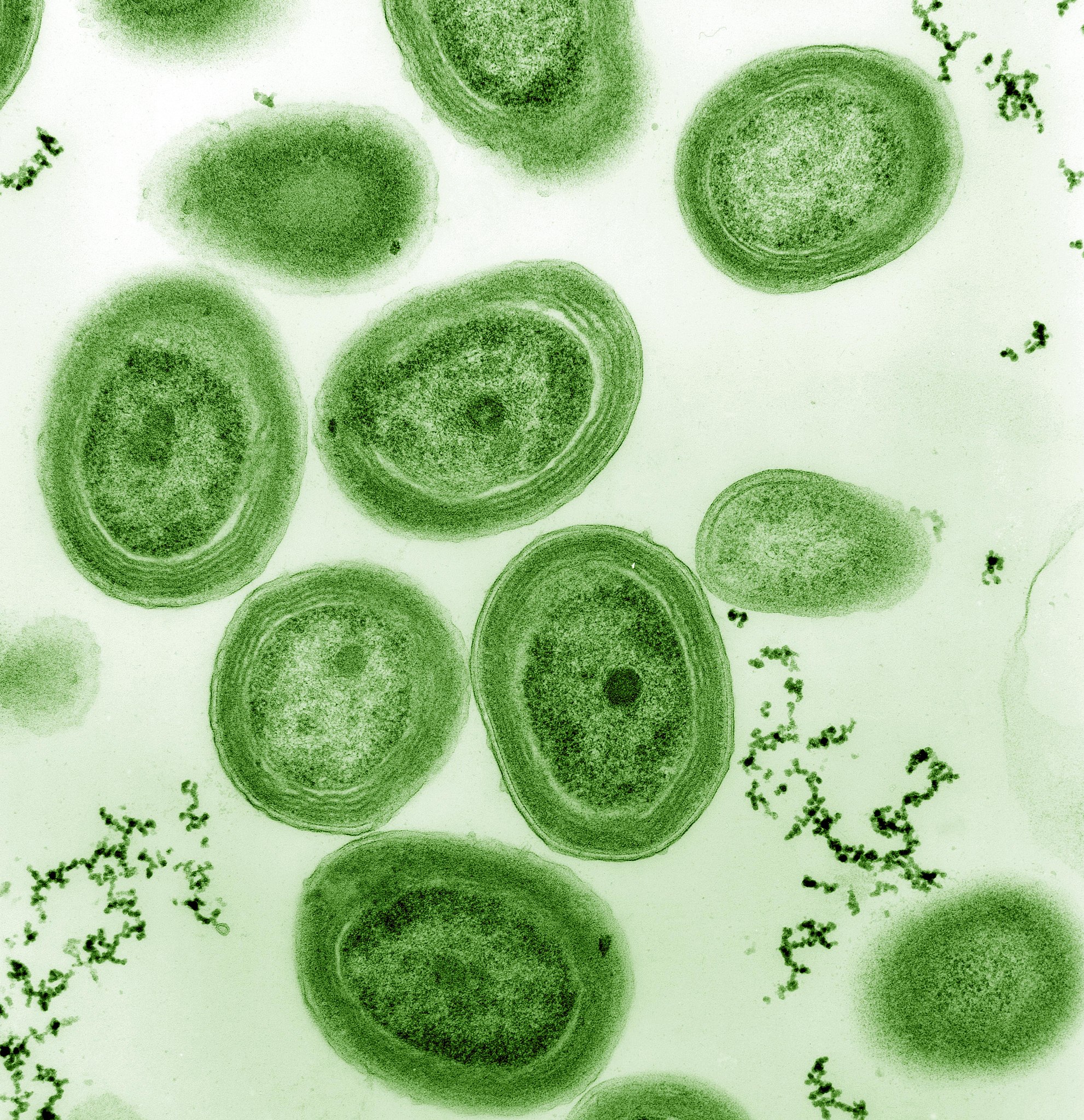
One experiment from about 17 years ago took the same species of bacteria, with the same genetic code and everything, and put three colonies of them in three different dishes. They then changed the conditions of the environment in a variety of ways: raised-or-lowered the temperature, gradually changed the nutrients that were available, changed the pH (acidity) around them, etc.
Because all organisms naturally mutate, there were examples of organisms that could survive in these new conditions in each of the three dishes. After 250,000 generations had gone by, the scientists found, sure enough, that there was a population of bacteria surviving in each dish; they had adapted to the new conditions. But in each dish, although all of the surviving bacteria had evolved the same new function, each one had different structures and a different genetic code. They had all evolved different ways to adapt to the changing conditions.
Then the scientists did the reverse: they gradually changed the environment back to the original conditions, again for 250,000 generations. Once again, in each of the three dishes, the bacteria evolved, adapting to perform the same functions but with different structures that performed them. Now, the three populations of bacteria were all genetically different from one another, as well as different from the original population.
In other words, the moral of the story is that there is no particular “one way” for evolution to proceed. Whatever outcome you arrive at, under a wide variety of circumstances, is largely a chance fluke. Humans, in our environment on Earth, have simply gotten lucky so far.

Level 3: Why is there anything at all alive on Earth, but not on any other known worlds?
There are two parts to this question: the question of how life arises in the Universe, and the question of whether it’s possible for life on one planet to travel, successfully, to another.
As far as we know, there is absolutely nothing particularly “special” about Earth, as a planet, that caused life to arise here and no place else. All throughout the Universe there are:
- stars like the Sun, including more massive and less massive varieties,
- with planets that are close to the size and mass of Earth orbiting them,
- that are made out of the same mixes of elements, atoms, and simple molecules that our Earth-Sun system is made out of,
- many of which have copious amounts of water,
- many of which have the right temperature conditions for some of that water to be liquid on their surface,
- and many of which have been around for several billions of years, including ones that have been around both longer and shorter than Earth,
whereas our current technology is not yet good enough to discern whether any of these worlds are (or ever were) inhabited or not. Although there are still a small percentage of scientists who believe that whatever process by which life first arose from non-life on Earth was so rare that it might not have happened anywhere else, we’ve made enormous strides toward creating life from non-life in the lab in recent years.

As of today, almost everyone who researches the origin of life believes that some process involving both peptides (chains of amino acids) and nucleic acids (the building blocks of DNA and RNA) led to a molecule that had two properties at once:
- the ability to obtain nutrients (or other resources) from its environment for energy,
- and the ability to make copies of (or reproduce) itself.
That, at its most basic level, may be all that it takes in order for some primitive collection of atoms and molecules to truly be considered “alive.”
By that definition, it’s almost unfathomable that Earth would be unique in the Universe in terms of having life arise on it. Similar environments to a young Earth either exist or existed on many other worlds even in our own Solar System, including Venus, Mars, and several of the moons of the gas giants. While Earth may be the big winner in the cosmic lottery of life here in our Solar System, other worlds may have won smaller prizes: perhaps life thrived on Mars during its wet, watery past, or perhaps primitive life still thrives today in the sub-surface oceans on worlds like Europa, Enceladus, Triton, or even Pluto.

But there’s only one good way, at least naturally, for life on one world to transfer itself to another: when a massive impact strikes a world so hard that it kicks up debris to send it from one place to another. That type of event, however, is more common than you might think, and we’ve got the evidence to prove it: a fraction of all the meteorites we’ve ever found on Earth have been proven to originate from Mars!
That means that it’s possible that at some point early on in our Solar System’s history, life that originated on another world, like Mars or Venus, might have migrated to Earth in the aftermath of an asteroid or comet impact. And, similarly, life that originated here on Earth may have migrated to Mars, Venus, or elsewhere.
If life can both survive that journey and find itself in a hospitable-enough environment upon its arrival on a new world, it’s possible that either:
- Earth’s life was seeded by life that arose elsewhere,
- life that arose on Earth was brought to another planet, where it survived and thrived there (at least for a time),
- or that life from one world landed on an already-inhabited world, and that one form of life could have “won out” over the other, or perhaps they both coevolved thereafter together.

The only three things preventing humans from being brought to another world via this method are:
- There haven’t been any known impacts that were massive enough to bring a chunk of Earth containing a human to another world since humans have arisen.
- A human wouldn’t be able to survive the journey through the depths of space, even though there are simpler organisms that perhaps could.
- And that there are no other known worlds that have the right environment for humans to survive once they land there.
If all three of these things were ever true for any organism all at once, however, then everything that’s alive isn’t necessarily living on Earth. (At least, not anymore.)
But the real answer to Manolo’s question is that the main reason all living things are found only on Earth and not anywhere else is this: we’ve only looked at a tiny, tiny portion of all the other places where life could be.
- Other worlds in our Solar System? It’s still a possibility that life, past or present, existed or exists now on them. (Some even still argue that perhaps Mars is a living world.)
- Other planets beyond our Solar System? We only know of about 5000 of them, and most of them are either too hot or too large and gassy to have life on them. The Earth-like worlds remain largely unexamined.
- And the search for other intelligent civilizations? We’ve only been looking for a few decades, and the signals that we’ve broadcast that announce, “Hey! We’re intelligent life here!” have reached less than 0.01% of the stars within the Milky Way.
The real reason that “All of us live on Earth” may simply be that we haven’t yet figured out how to successfully look for all the life that extends beyond our own planet. Perhaps you, Manolo, will grow up to become the scientist who changes that forever!
Send in your Ask Ethan questions to startswithabang at gmail dot com!
